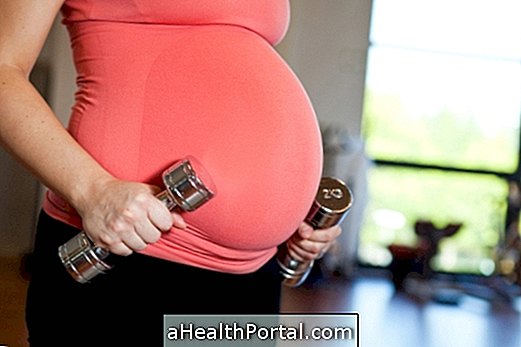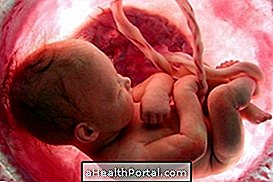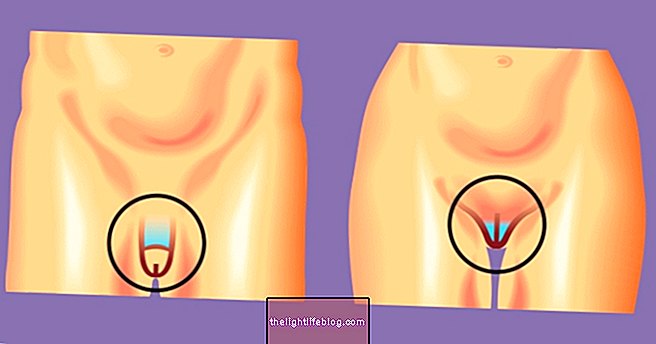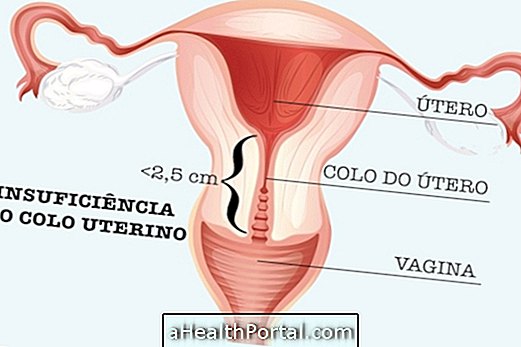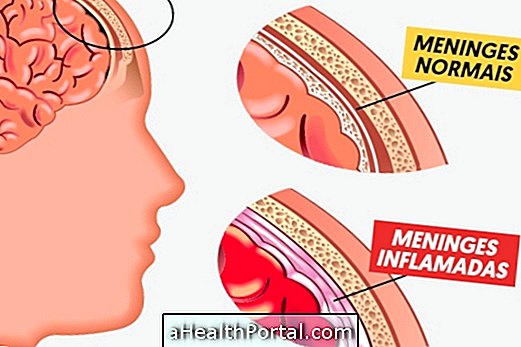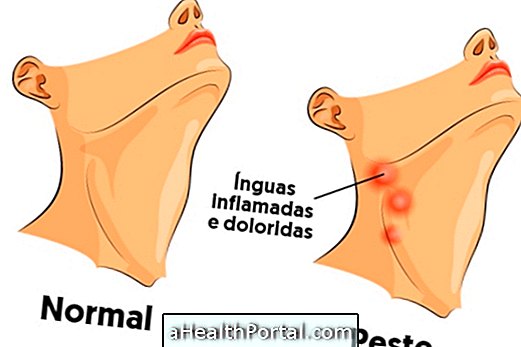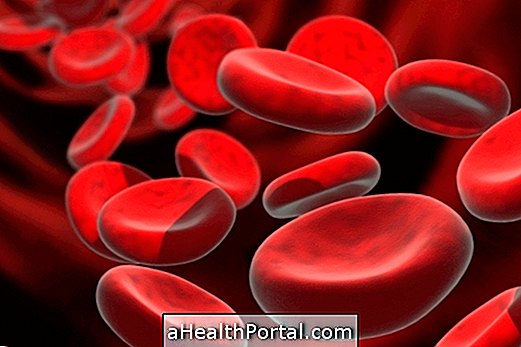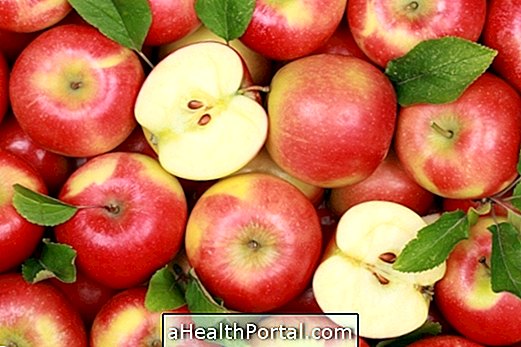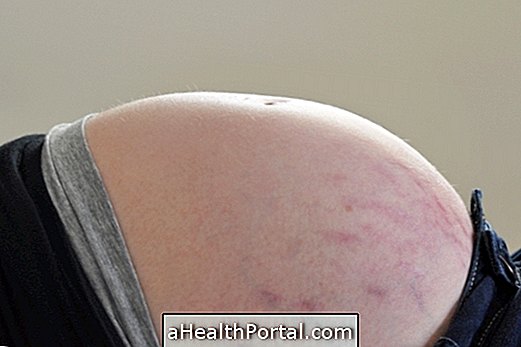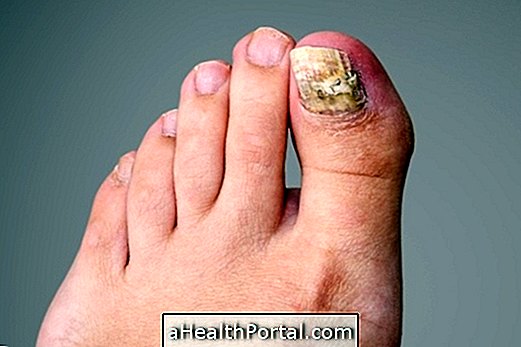Breast growth in pregnancy begins around the 6th-8th week of gestation because of the increased layers of skin fat and the development of the breast ducts that prepares the breasts for breastfeeding.
Normally, the breasts reach their highest volume around the 7th month of pregnancy, so it is normal for the bra size to increase by one or two numbers and the woman begins to feel pain and discomfort in the breasts.
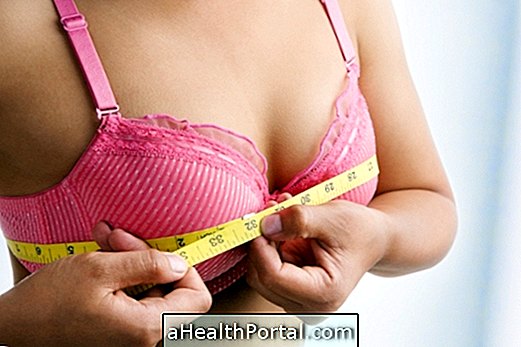
Other breast changes in pregnancy
There are other breast changes in pregnancy, in addition to their growth, such as:
- Itchy breasts as they grow;
- Stretch marks on the breasts because of stretching of the skin;
- Boss of the veins of the breasts;
- Nipples larger and darker than normal;
- Pain and discomfort in the breasts;
- Appearance of small "balls" around the areola;
- Irritation in the inframammary sulcus or between the breasts.
These changes do not always happen and vary from pregnant to pregnant. If the breasts do not grow so much, it does not mean that the pregnant woman will not be able to breastfeed, because the size of the breasts is not related to the success of breastfeeding.
To decrease the discomfort and pains of breast growth in pregnancy the pregnant woman should choose a bra that:
- Be comfortable;
- Have zip to adjust the size;
- Do not have a baby, preferably because it can tighten and hurt your breasts;
- Have wide loops and have good support;
- The breasts lie fully inside the bra.
See more tips on how to properly care for breasts during pregnancy.
Colostrum, the first milk to breastfeed the baby, begins to be produced around the 3rd to 4th month of pregnancy and in the last months of gestation, a small amount can leak from the breasts, so the pregnant woman can already buy the bras of which are also great to use during pregnancy. If the colostrum leaks from the breasts, the pregnant woman can use nursing discs to not wet the bra.


